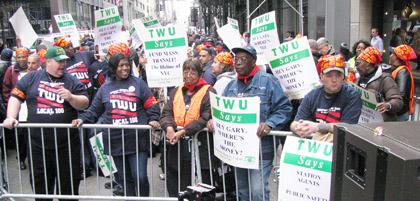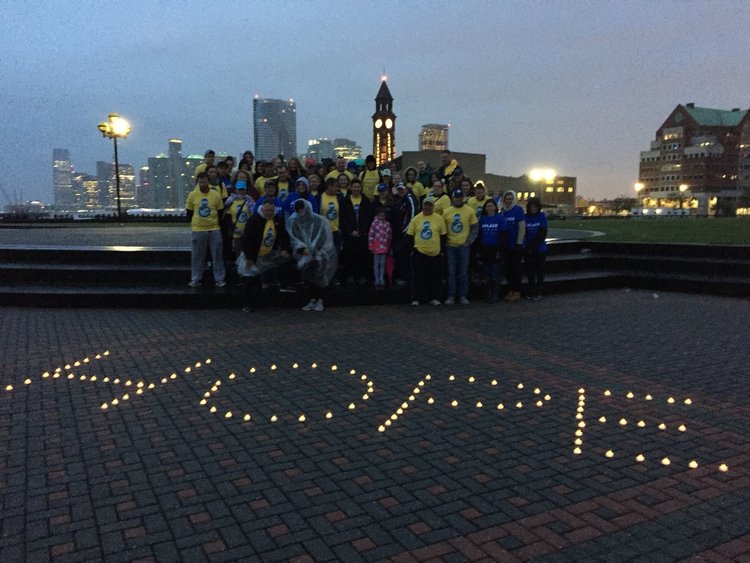By Philip Newman
The news from the MTA keeps getting worse.
Transit officials warned Monday they would have to impose not only the severe bus and subway service cutbacks they have been talking about for months, but a second round of cuts as a result of the Metropolitan Transportation Authority’s rapidly worsening financial condition.
The MTA issued a new estimate of its debt Monday, projecting a $621 million deficit this year, even after the planned fare and toll hikes and service cuts begin to take effect at the end of next month.
“The budget that was passed in December assumed large decreases in revenue, but we now know that the reality is even worse,” said MTA Executive Director Elliot Sander at a meeting of the MTA Finance Committee Monday.
“We need Albany to come to our rescue,” Sander said. “The state of our finances is dire.”
Neysa Pranger, a spokeswoman for the Regional Plan Association, was among the public speakers at the Finance Committee meeting.
“How long will Albany let this fire burn?” she asked.
The MTA previously said its budget gap had reached $1.28 billion, but a combination of falling tax receipts and lower fare and toll revenues has aggravated the agency’s precarious financial state as unemployment grows in the city.
The MTA had done well for years because of its cut from real estate taxes, which have been in free fall for months as the real estate market cooled.
But transit officials said real estate tax receipts were down by $336 million, fares and toll revenues down $221 million and state taxes intended for mass transit down by $113 million.
As for help from the state Assembly and state Senate, an agreement has been elusive. Several Senate Democrats have opposed bridge tolls and others have been unwilling to support a 12−county payroll tax to generate revenue for the MTA. A taxi surcharge has met opposition in the city.
The basic transit fare in the MTA’s first doomsday plan goes from $2 to $2.50 and a monthly unlimited ride MetroCard rises from $81 to $103.
Two entire subway lines, the W and Z, are to be shut down and nearly two dozen bus lines eliminated along with heavy cuts that leave late night and overnight service curtailed.
The plan also calls for 1,100 layoffs at the MTA and Sander said notices would soon be sent out to workers who will lose their jobs.
As prospects for the city transit system seemed to worsen, subway and bus workers, teachers and political activists held demonstrations against service cuts and fare hikes.
An estimated 1,000 members of the Transport Workers Union rallied on Madison Avenue outside MTA headquarters near Grand Central Terminal Thursday.
“No fare hikes! No layoffs!” and “You say cut back, we say fight back!” shouted the workers, wearing red and yellow caps, in a noisy demonstration heard for blocks.
“I’m just trying to live,” said one of the demonstrators, Stanley Mann, a subway train motorman from St. Albans.
“My water bill has gone up, everything has gone up. Not my pay,” he said.
The United Federation of Teachers and the Working Families Party demonstrated near City Hall the day before.
“The transit system is the lifeline for working people,” UFT President Randi Weingarten told the demonstrators. “It must not be diminished.”
The demonstrators raised placards proclaiming, “No Cuts No Fare Hikes.”
Reach contributing writer Philip Newman by e−mail at news@timesledger.com or phone at 718−229−0300, Ext. 136.
































